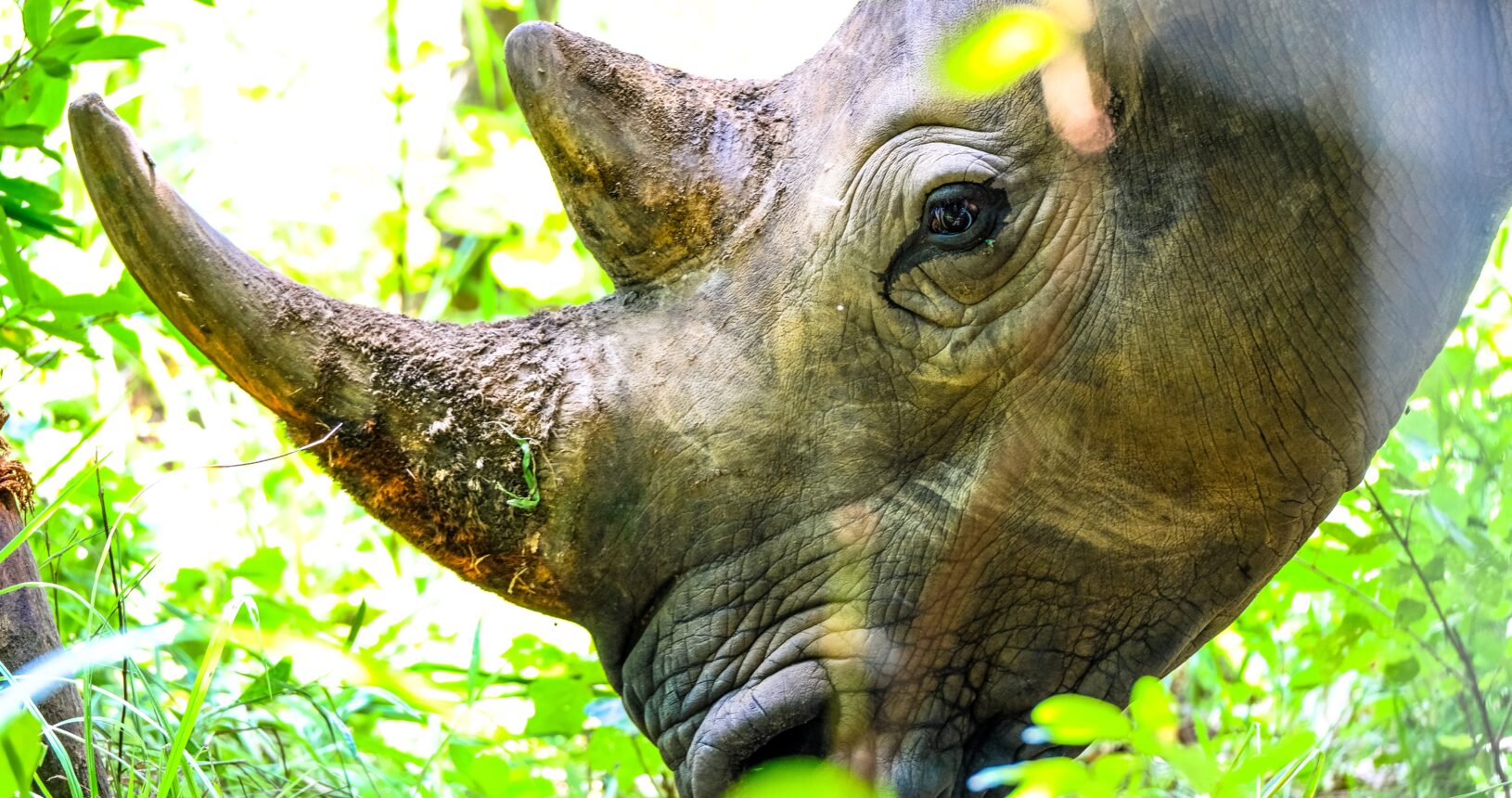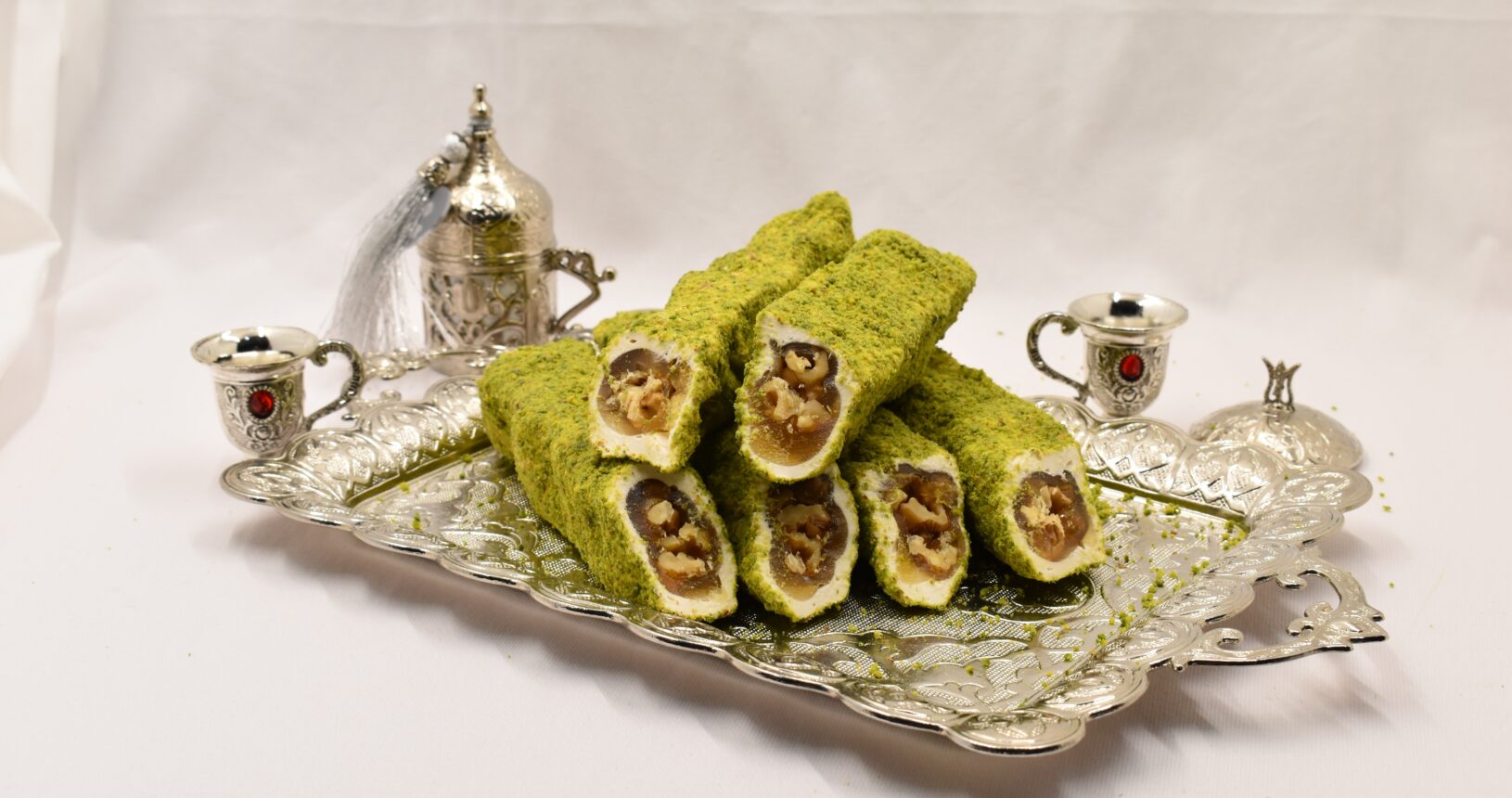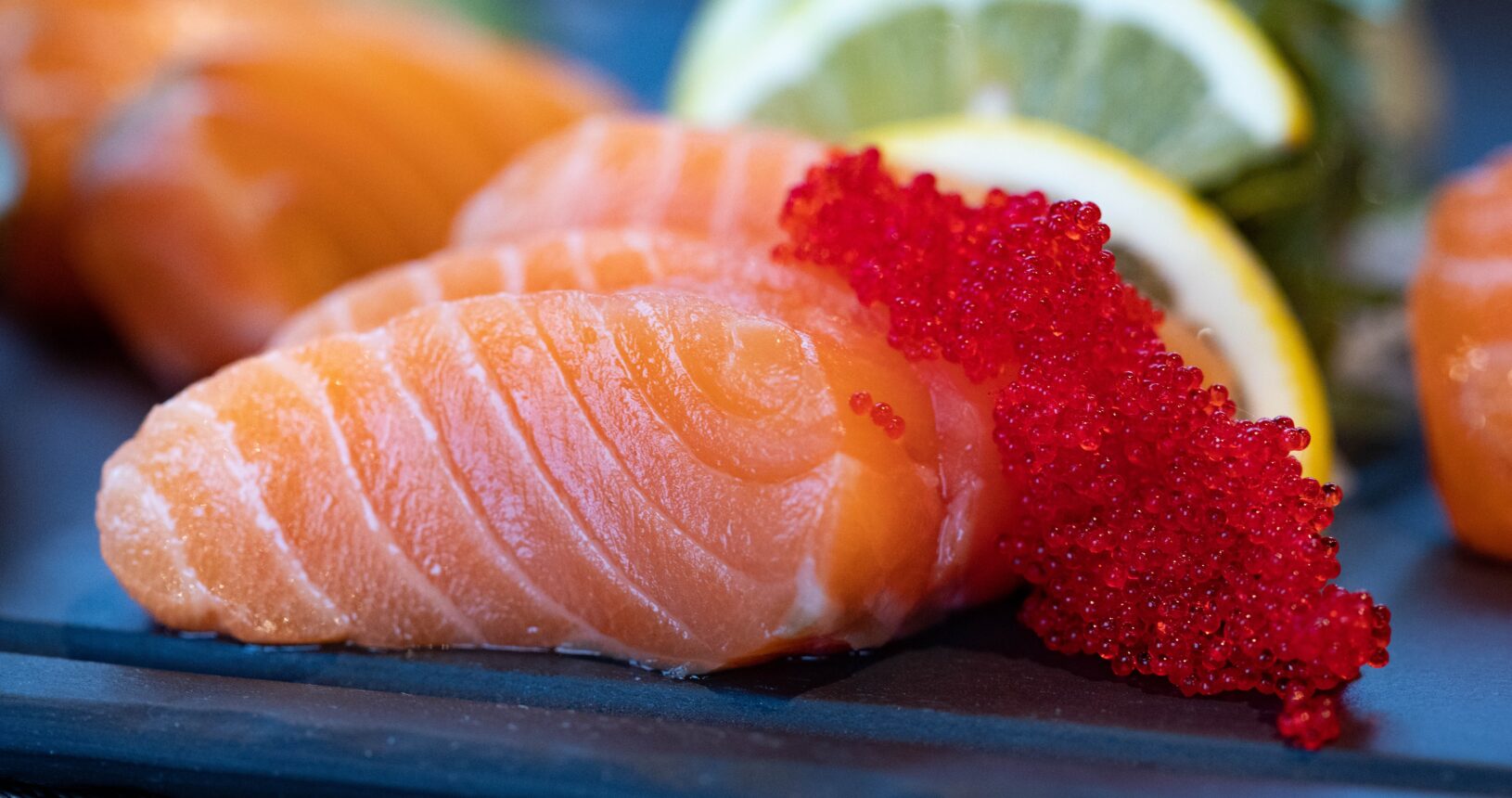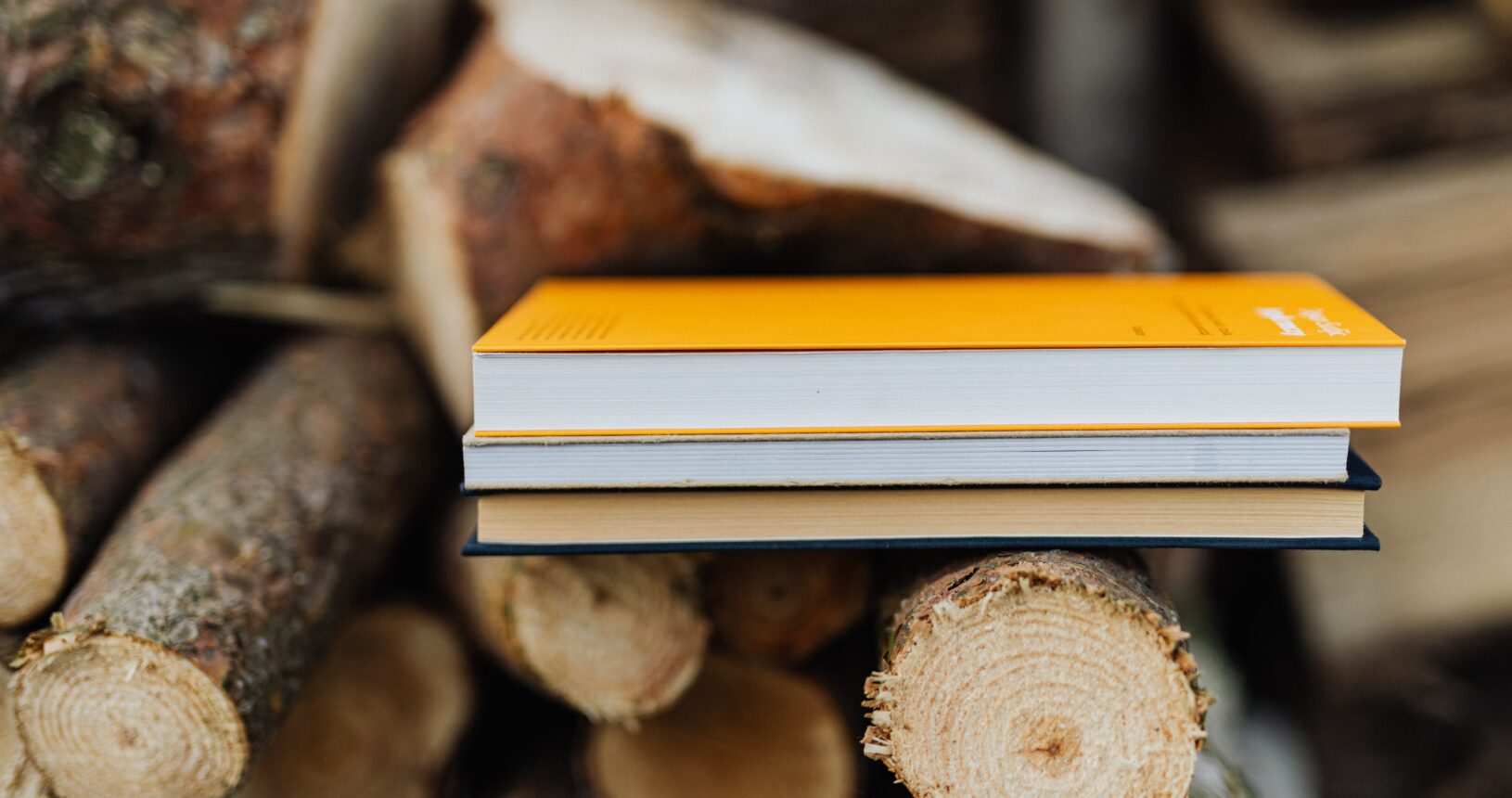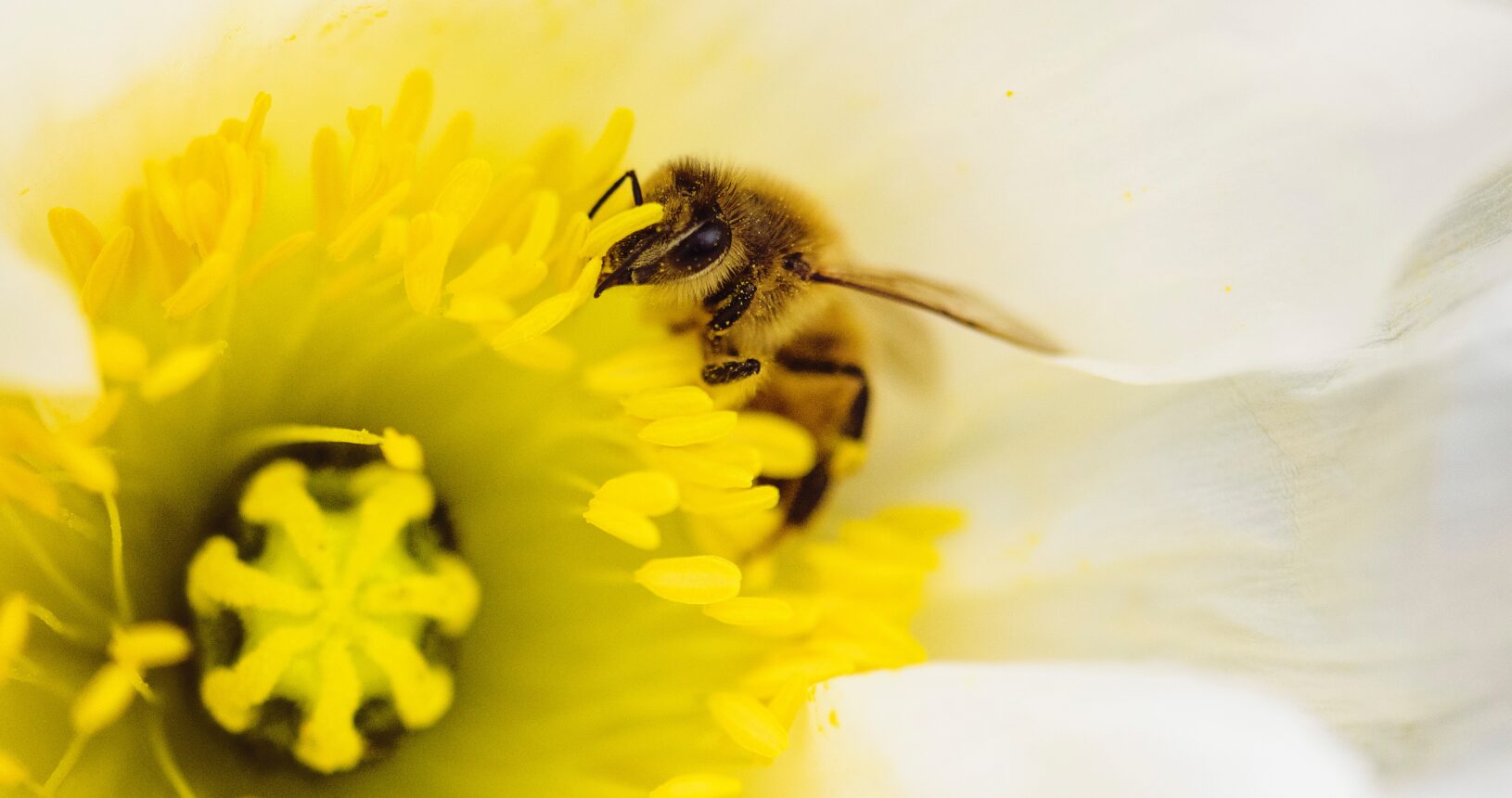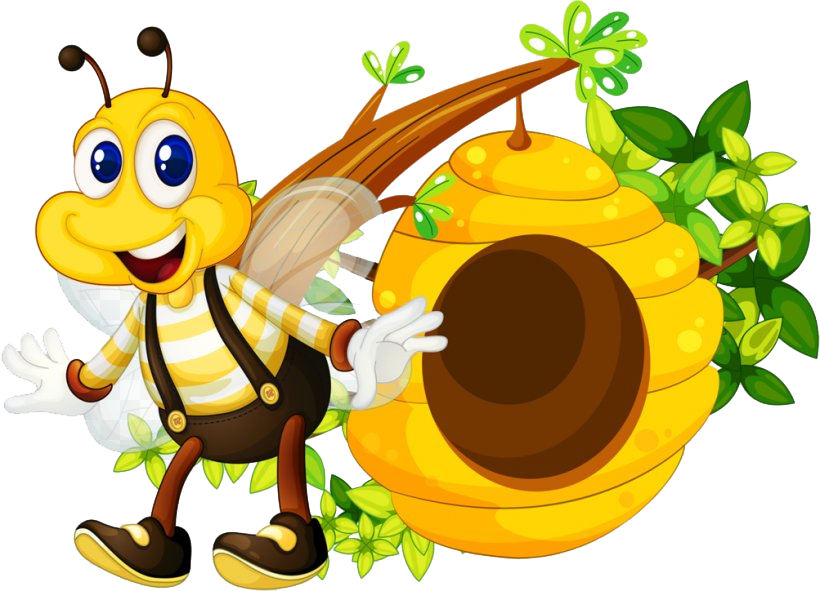
honey bee
How honey bees play a role in pollination of flowers:
In fact, for the first time, scientists have succeeded in identifying the point that after honeybees collect pollen and shake it, how much of it remains on the body of the bees and which part of the bee's body has the most unshaken pollen. .
The results of the investigations show that the remaining of pollen on the body of bees is closely related to the type of sitting on the flowers and the location of the reproductive organs of these plants. In fact, the pollination of flowers depends a lot on the way the bees shake their bodies and the location of the remaining pollen on the body of these insects.
To further investigate this issue, scientists placed a number of European Apis Mellifera bees along with larger Bombus Terrestris bees in a chamber full of pollen, so that these bees could fully collect pollen.
After transferring the bees to an empty chamber, they quickly began to shake their bodies and remove the pollen from it. However, after about half an hour of shaking pollen, there was still some pollen left on certain parts of the body of these insects. The parts that mainly included the top of the head, chest and lower abdomen.
After that, the said bees were transferred to a chamber full of pollen-producing and pollen-receiving flowers, so that their effect on the pollination process of flowers was carefully examined. A chamber equipped with fluorescent light that allowed scientists to observe the pollination process of flowers very closely and to know the amount of pollen left on the bees' bodies (next to the location of these pollens).
Overall, the researchers' observations showed that even after the process of pollen movement, when bees sit on a certain flower, the remaining pollen on their body (especially in the abdomen) communicates with the reproductive organs of the plant and absorbs it. By them, it completes the process of pollination of flowers.
In fact, just as it is very difficult for humans to access the waist, honey bees cannot access their abdomen. Therefore, the pollen in this part of their body is usually not shaken and leaves an important impact on the pollination process of flowers.
Honey bee is one of the oldest inhabitants of the earth, and in fact, this insect existed before humans established their existence on earth. Humans have been using honey bees since the beginning of creation by using native beekeeping. Most of the people only know honey bee production, if honey production is only one of the benefits of honey bee. Beeswax, royal jelly and other hive products have very important and valuable nutritional and medicinal properties.
The role of the bee insect
Perhaps one of the reasons for the creation of the bee as a useful insect is to pollinate the flowers in the gardens and ultimately to protect the environment. About one third of all human food comes directly or indirectly from plants that are pollinated by insects. Almost 80% of pollination (by insects) is done by honey bees. Many summer vegetables such as carrots, celery, onions, radishes and turnips only produce seeds when their flowers are sufficiently pollinated.
Also, the production of seeds in fodder plants such as alfalfa, types of clover and vetiver requires the visit of bees. Most of the fruit trees will not reach the proper amount of production and the desired quality of fruit without bee pollination.
Based on the available evidence and on average, the added value of agricultural and garden crops that is created as a result of bee pollination is about 143 times more than the value of honey and other beehive products.
Honey bees have complex behavior patterns to check flowers. Flowers often facilitate pollination by bees by showing a series of changes and providing hidden sources of nectar and pollen. More than 20,000 bee species are involved in the pollination of Nahan Dangan.
Pollination and fertilization
Pollination and fertilization of flowers is the most important and main task of bees. In return for doing this, he quickly receives his reward, which is nectar or pollen. Bee pollination is the factor of its survival and the stability of agricultural products, and it is effective in the reproduction of many plants (of course, except Coniferous leaves). If the pollination of the flowers is not done, the flower will never turn into a fruit or a seed.
Research shows that if a number of beehives are placed in an orchard, the quality and quantity of the fruit will increase tenfold, and on the other hand, if the bees do not pollinate, 60% of agricultural products will not be produced. And over time, the work of nature is completely disrupted. The percentage of fruit formation in wind pollination is 50% and 96% by bees. The products that honey bees bring to the beekeeper are only 10% of its total fruits, while 90% of its benefits are earned by gardeners and farmers through pollination.

Recognition
Flower pollen is very valuable and important as a food supplement or medicine, and it is marketed in raw, pill or capsule form. Pollen protein ranks among complete proteins such as milk protein and egg yolk. Pollen contains significant amounts of sugar, starch and vitamins (especially water-soluble vitamins).
Flower pollen is very valuable and important as a food supplement or medicine, and it is marketed in raw, pill or capsule form. Pollen protein ranks among complete proteins such as milk protein and egg yolk. Pollen contains significant amounts of sugar, starch and vitamins (especially water-soluble vitamins).
Pollination by insects
Pollination by insects:
The important point is that not all the mentioned factors can have a sufficient and complete effect on pollination. If we want to get a perfect result from pollination, we must use an important factor in pollination, namely insects. Insects such as butterflies, bees and beetles (male sex) come in contact with the flower to get the nectar of the flower and with the intention of mating, and with this method they perform pollination.
These flowers attract insects with their color, smell and nectar. The size of the flowers is often in harmony with the size of the insect, so that the insect easily fits inside the flower in such a way that the body comes into contact with the pollen grains and pistil.
Reasons for pollination of plants by insects:
- Early growth of male or female flowers in some plants
- Infertility of pollen grains in some plants
- Separation of male and female flowers from each other in some plants
- The location of the female stigma of some plants, higher than the stamens
The role of the bee in pollination:
The role of the bee in pollination:
The honey bee is the only insect that has the necessary and sufficient conditions for indirect pollination. In an orchard or farm, if we put about four to five bee colonies in each hectare, the quality and quantity of fruit or seeds will increase tenfold. For example, if 5 tons of produce are to be harvested in an apple orchard, by placing a number of bee colonies in the garden when the flowers are blooming, the amount of produce will increase to 50 tons and with a very high quality.
The honey bee is able to identify the different fragrances of thousands of flowers and plants and finally, accurately and delicately, distinguish their types. When a bee is busy collecting pollen or nectar of one type of flower, it does not pay attention to the nectar or pollen of flowers of other types of plants. This quality, that is, flower stability, is inherent in bees and transfers the pollen of one flower to the same type of flower in another place.
Most insects only use nectar or pollen when they are hungry, but the bee always has enough food in the hive, so it tries to collect food from sunrise to the last moments of daylight.
Nature not only feeds the honey bee, but also puts its baby food completely inside the pollen and nectar of the flower, that's why the bee depends on the flower to survive. If gardeners and farmers can use this harmony between bees and flowers, their crops will increase.

